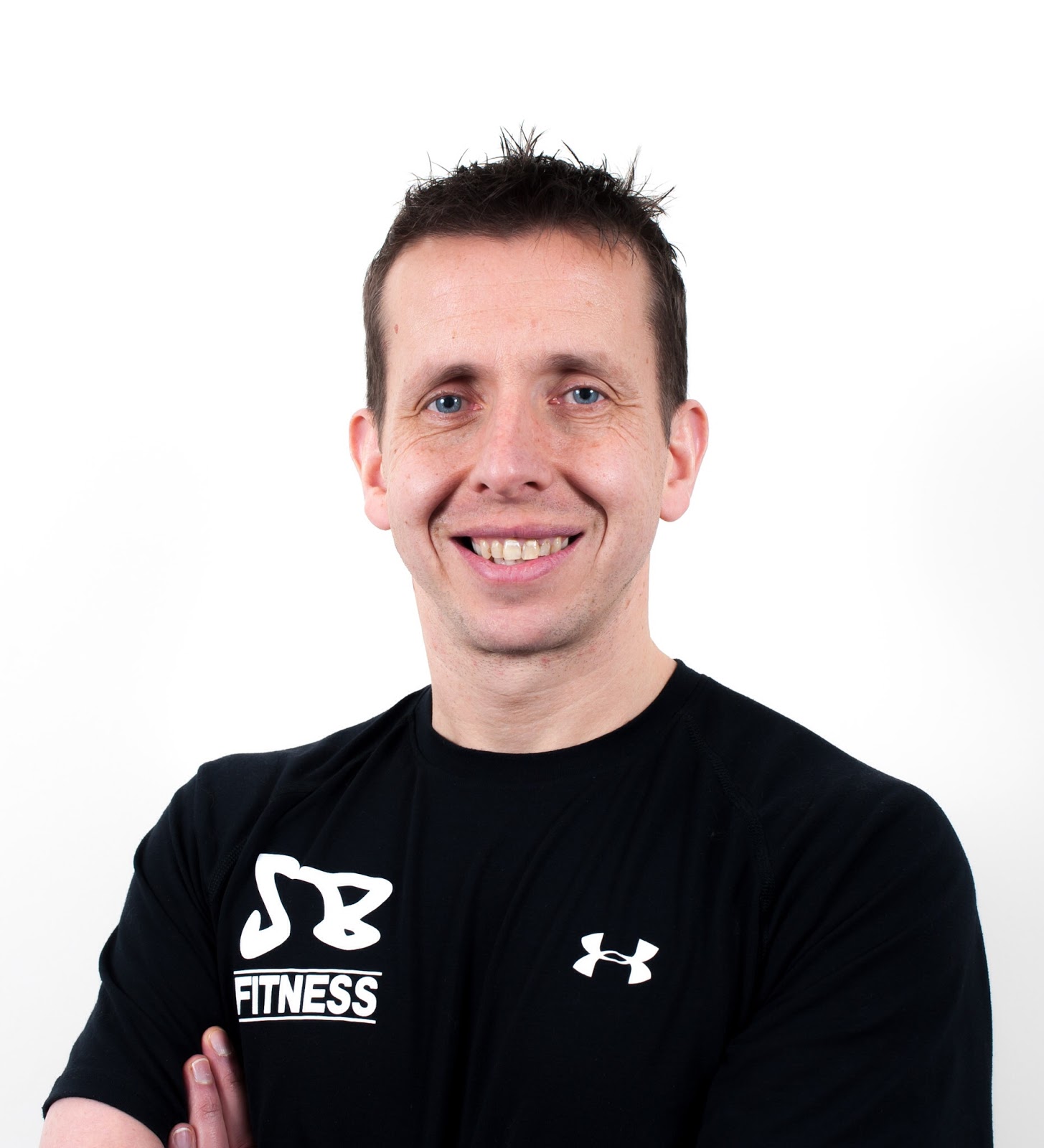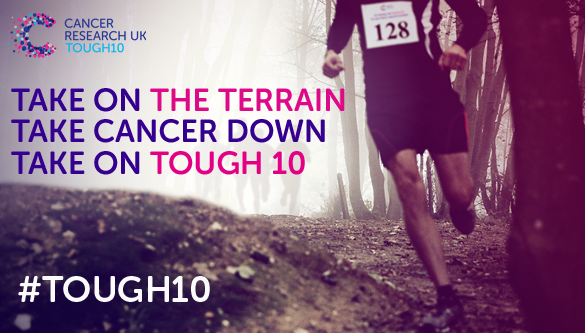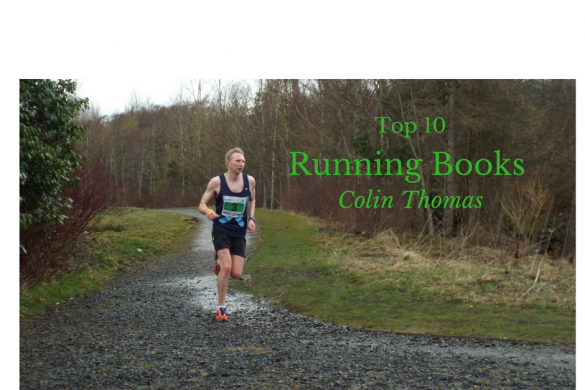At the end of this month I will be attending an “It’s All About the Breath” seminar with my Triathlon “coach” Mark Russell. Breathing is something that I take for granted (don’t we all?), but deep down (in my lungs perhaps) I know that I can do it better.
So when running coach and Faster Master Trainer, Steve Bonthrone suggested a post on How to Breathe When Running, I didn’t waste a breath and immediately said yes.

Steve Bonthrone is a Personal Trainer and Running Coach in Perth, Scotland. Steve first got into fitness in the late 90’s after a back problem prompted him to get fit and he did this by training for and running the London Marathon. Completing the marathon changed his life and inspired him to quit his job as a pizza chef and trained to become a Personal Trainer so that he could inspire others to go after their dreams just as he had done. He still runs marathons to this day and also coaches runners in his 0-5k and Run Faster groups. His motto is “Anything is possible if you can dream it, believe in it and willing to work hard to achieve it”.
A question that is often asked is “how should I breathe when I run?” Sounds crazy eh? In and out has been the tried and tested method used by humans for centuries so if it isn’t broken then why fix it? Joking aside, breathing is a big issue for many people when trying to run so if you’re reading this and find breathing difficult when you run, keep reading and I’ll hopefully help you solve the problem.
How do you breathe when you are running?
If breathing is an issue for you when you run then there’s a very good chance that you’re running too fast or to put it another way, the intensity is likely to be too high for you. If you’re trying to breathe in through the nose and out through the mouth when you run and the intensity of your run is high then breathing that way is going to be a bit of a challenge that will likely result in you having to stop. This can be very demotivating, especially if you’ve been inspired to run by watching friends run or hear of how others are buzzing after a run yet you feel like you’re struggling and a natural reaction could be to quit as running doesn’t seem to be for you.
What if there was a better way to do it? What if there was an easy way for you to be able to run and begin to love it just as you’ve seen lots of others do it?
There is…..slow down! You may be thinking that you run slow enough as it is and if you were to run any slower, you’d almost be walking. If that’s what it takes then that’s ok but I want you to know that you won’t always be there and you’ll progress much quicker.
I should say at this point that the majority of the population make the same mistake when they start running so you’re not alone. There are many reasons for this. First, much of what we read in articles and from other runners is about pace and distance but seldom about how the pace should feel. Secondly, most of us are used to going to fitness classes that are high intensity so the natural reaction when trying running as a form of exercise can be to replicate that intensity we’re used to however, that doesn’t always work very well.
It’s natural to think that when we go running that we should go from A to B in the quickest time but what if that strategy is actually holding us back rather than taking us forwards? Like many other things, when starting out, we should be looking to master the basics before trying to do what everyone else seems to be doing.
What should you be doing then?
Let’s be selfish here and let’s focus on you and how your pace feels when you run. The first step would be to feel comfortable when you run and your breathing should be relaxed enough to be able to hold down a conversation or if you’re running alone, be able to sing a line of a song between breaths. It’s up to you if you want to sing that line out loud or just in your head! The aim should be to build the distance and be able to run a distance always feeling you can keep on going. The feeling of being able to keep going at any time will also give you a lot more confidence in your run where maybe there was a feeling of a struggle before.
It’s important to remember that slowing down doesn’t mean that you are taking a backwards step. If anything, you are taking a sideways step in order to take a greater leap forwards. Slowing down a little bit means that the demands on your lungs won’t be as high and you’ll be able to run for longer before you feel tired. Would it help to know that Triathletes Alastair and Jonny Brownlee spend about 90% of their training at conversation pace? Even if said conversation would put many of us to sleep:
“We keep our motivation up by chatting all the time,” says Alistair. “Even when we’re running or cycling. We talk about football, ideas, what’s going on in the world. I’m very conservative, really. I believe in lower taxes and fewer rules. Sometimes we talk about that.”
What to do now?
On your next run, try paying more attention to feeling comfortable when you run, feel like it’s easy, that you can run for an indefinite period and see how that feels for you. It might take a bit of patience to get used to it and if you do it consistently, you will progress quickly and it won’t be long before you’re running further at a quicker pace than what you were doing previously where you felt it hard work.












